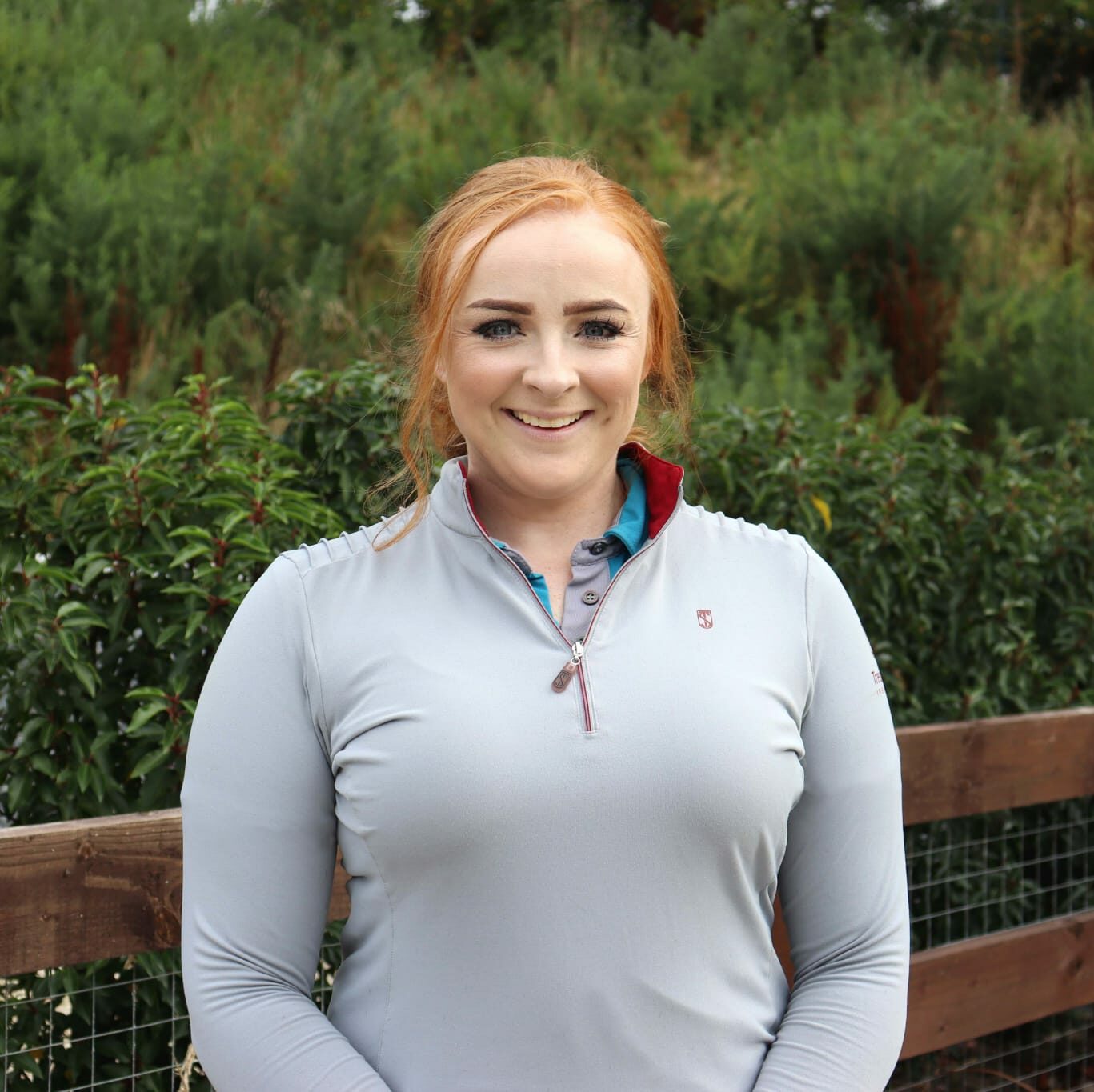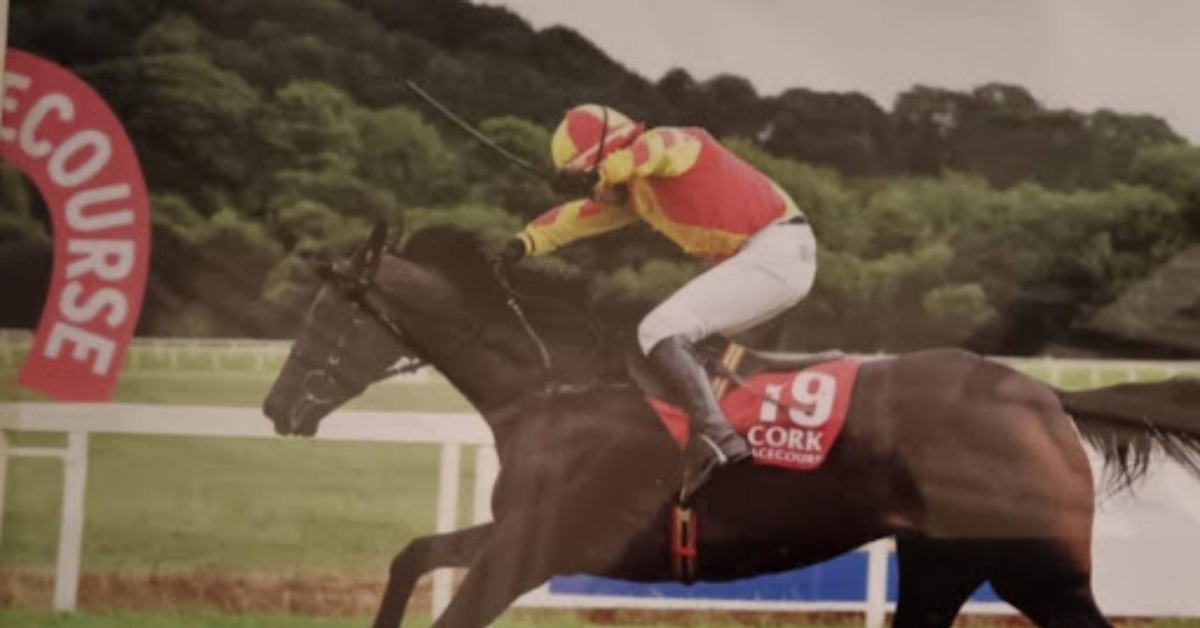One of the many things I cover as part of my business is problem horses and the problems associated with these horses, but I constantly ask the question …. Do we have problem horses or do we have problem humans? I have taken the unrideable, the dangerous, the unruly and made them lovely pleasant ridable horses, even though I would have been shown videos of what they are capable of.. rearing, bucking, plunging etc. I took a step back and I looked at the cohort of conditions that were a big factor in these horses being labelled unnecessarily.
The first is where do these problem horses originate? They usually start with what I refer to as sensitive breeding which is putting a mare that a person has had for years in foal with no breeding to a good stallion, not considering temperament or bloodline crosses. The other is inexperienced riders taking on horses that are way too much for their riding ability, but unfortunately due to lack of consistent and supportive coaching, they have purchased this full-blooded animal or a young horse just broken and the phrase that goes with this is “ah sure we will learn together, he has the talent to bring me on as a rider “
What is the result of inexperienced breeding or ownership? An unruly dangerous horse who unfortunately ends up at the barrel end of inhuman training methods, gadgets, over bitting and as a result a very upset and angry horse.
The reason horses act out is not because they are a bad horse, it is because they are trying to communicate with the rider or owner or handler that there is something wrong, they could be in pain, stressed from having a lot asked of them, their tack not fitting, they might be unwell with ulcers? And if the horse has to get to a level of stress and anguish that they have to lash out and shout to get your attention, that speaks a lot for the owner/ rider or handler. Horses are not bad creatures, all they want to do is work with us in partnership and when one factor of the ethogram is not settled, that could be the difference between a horse wanting to do the job or not.
It works from the equine ethogram of the following being satisfied
The other area I see that affects a horse’s behaviour is feeding and nutrition. The age-old diet across yards was beet pulp and course mix, if you wanted your horse to gain weight you just went up a percentage in course mix. But what people failed to look at was the starch element that comes with upping a percentage.
Its one of the first questions I will ask an owner when I go to sort a horse, what are they fed on? Starch is the biggest contributor to behavioural problems and simply isn’t required to the level we think in horses’ diets. Most 12% and 14% mixes contain oats or barley in high percentages, and we all know oats and barely can be rocket fuel which to most pleasure horses or amateur horses is not required.
What the majority of horses need for overall maintenance and weight gain while holding a settled head is:
Most horses do not require more than 10 percent protein in the diet unless they are growing.
My standard rule is
All of the problem horses, or horses with behavioural issues I work with are put on low starch, low protein diets for the exact results below.
For behavioural issues alone, I have seen so many people on inappropriate diets, not knowing the effects of what they are feeding and adding a calmer to their feed. These DO NOT WORK and they are battery acid on the stomach, they can cause more harm than good. They will all swear to say mass but what it does is it gives the rider a placebo effect as their mind is more at ease, therefore the horse in their mind is quieter but unfortunately, this is short-lived as the damage is already done.
My best advice I always give to my clients taking on problem horses is you need the following for it to be a success.
And the most important one, PATIENCE, problem horses are diamonds in the rough and take time to shine, my approach to training these horses is that I don’t give a timeline as to how long it will take, but my god can I guarantee they are worth the wait and the confidence they can give a rider and owner, as a result, will be unreal. The results of competitions will speak for themselves!
The effect of a horse that is a problem horse that isn’t listened to can be detrimental to the rider’s confidence due to falls and the fright associated with the behaviours, so it’s vital that you have the correct support and programme to ensure success.


Share
Your subscription is 100% Free for our first year, No credit card details required.

Mark your calendars as the world-renowned Distinguished Gentleman’s Ride (DGR) is set to make a triumphant return on Sunday May

The next producer I talk to in this series, is Timmy of T.Doyle Sport Horses. Timmy is another long standing

On Saturday afternoon I was invited up to former National Hunt jockey Frank Hayes’ yard, based in Philip Fenton’s yard just